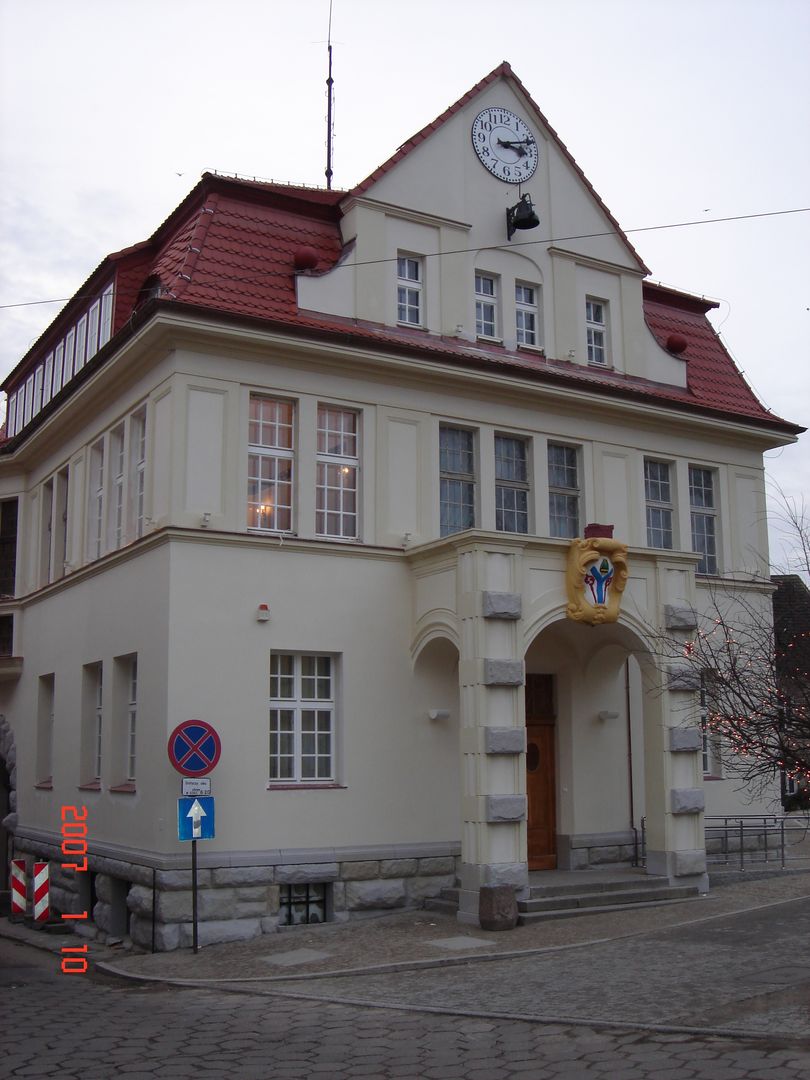Karlino
6.57

Overview
Karlino, formerly known as Körlin, is a town in the West Pomeranian Voivodeship, situated at the confluence of the Parsęta and Radew rivers, with a rich history dating back to the 12th century. The first records of the settlement come from 1159, when a customs chamber existed along the salt trade route. In 1385, Karlino was granted town rights, and over the following centuries, the town developed while also suffering from wars and fires. Significant destruction was brought by the Thirty Years' War and military conflicts in later years. The town was under the rule of various authorities, including the bishops of Kamień and Brandenburg-Prussian rulers. After World War II, Karlino became part of Poland, and its German inhabitants were displaced. The town's architecture features notable landmarks, such as the Church of St. Michael the Archangel from 1510, the town hall built between 1908 and 1912, and numerous eclectic and Art Nouveau tenement houses. Karlino plays an important role as an industrial center, particularly in the wood industry, with factories producing fiberboard and other wood products. The town has a developed cultural infrastructure, offering diverse events such as the European Festival of Children's Creativity and the Night of Electronic Music. Karlino engages in international cooperation, establishing relationships with cities in Germany and Denmark. It is worth mentioning the oil eruption that occurred in 1981 during exploration, as well as the significant development of the town, which gained new investments and revitalization after the difficult wartime period. Karlino is also known for its local traditions, sports, and cultural activities for the local community.
Location
2025 Wizytor | All Rights Reserved